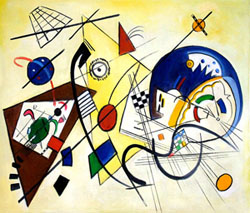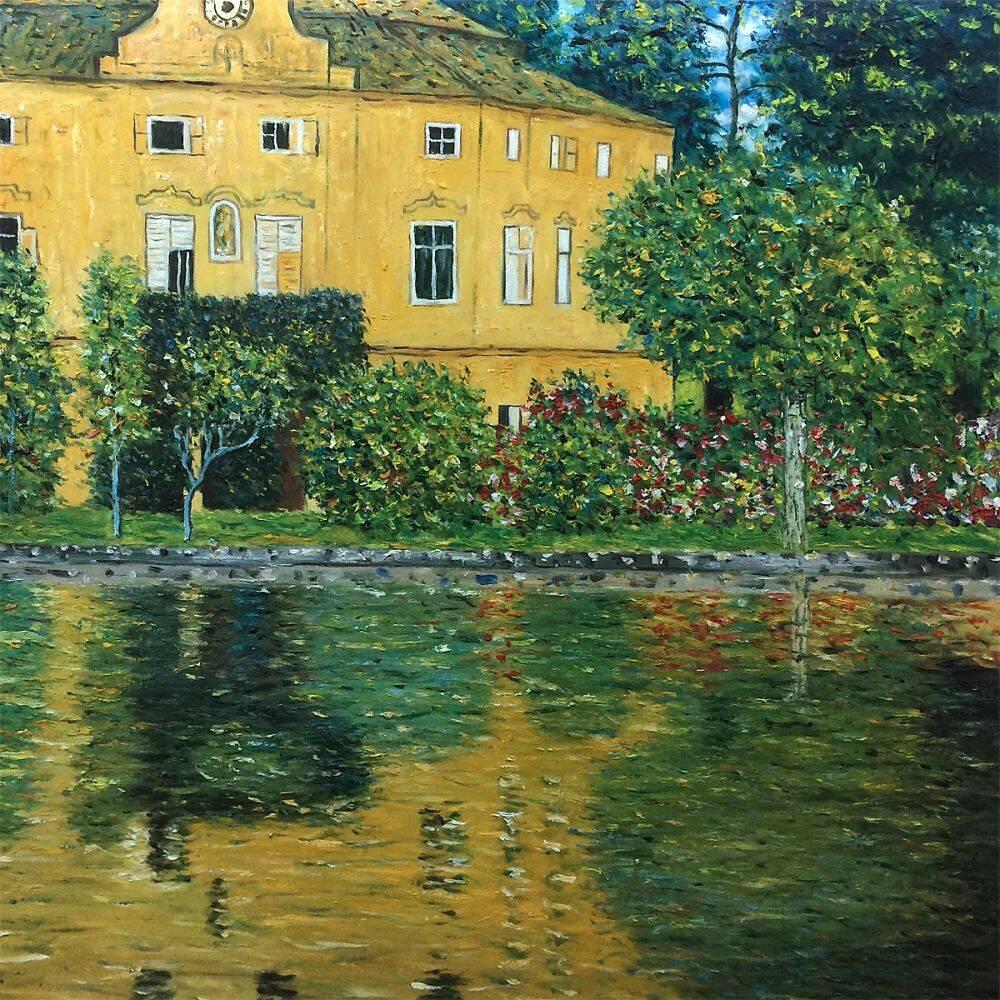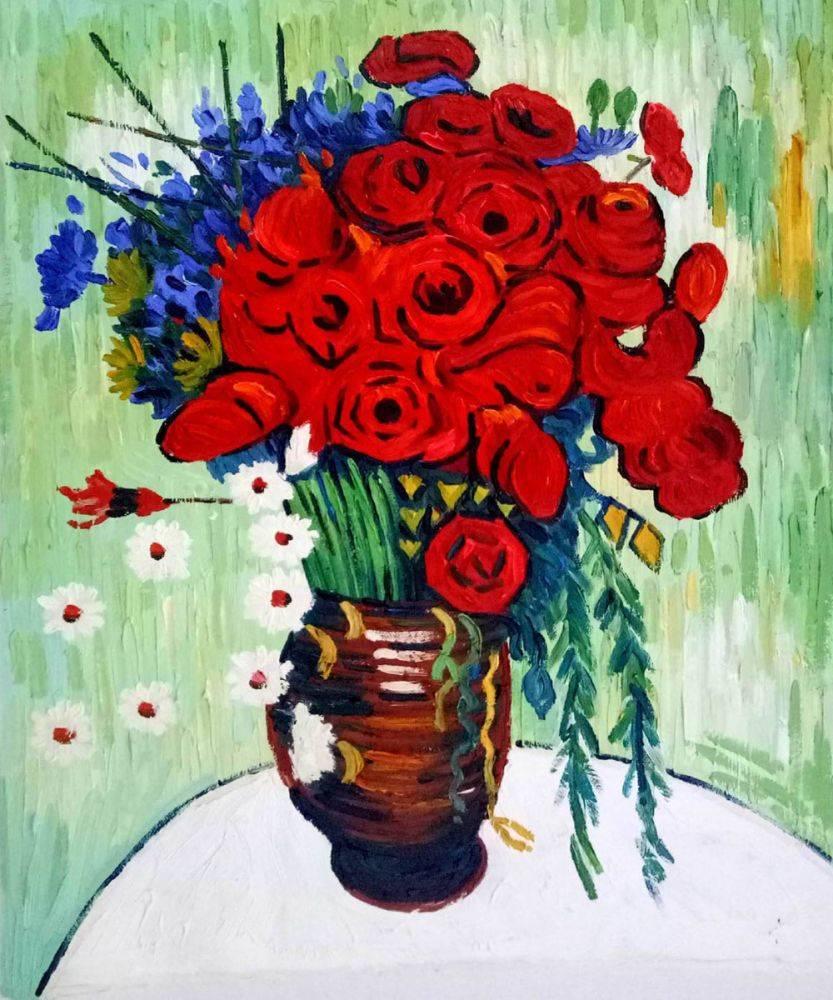Art
Kandinsky: Synesthesis of Colors and Sounds
 Synesthesis is an ancient Greek term meaning “with sensation.” It is a neurologically based phenomenon in which stimulation of one sensory leads to involuntary experiences in a second sensory. An example of this is when a person can hear blue or taste a square. It is this cross wiring in the brain that makes the sound of a trumpet look blue or the shape of a square taste sour for a synaesthete.
Synesthesis is an ancient Greek term meaning “with sensation.” It is a neurologically based phenomenon in which stimulation of one sensory leads to involuntary experiences in a second sensory. An example of this is when a person can hear blue or taste a square. It is this cross wiring in the brain that makes the sound of a trumpet look blue or the shape of a square taste sour for a synaesthete.
It is thought that as many as 1 in 23 people, more women then men, have some version of Synesthesis. Including the Russian born artist Wassily Kandinsky. In his case, colors and paint strokes created sounds or musical notes and vise versa. Kandinsky is credited with making some of the first truly abstract paintings, but the paintings were more than just visual creations. He wanted to evoke sound through sight and create the equivalent of a symphony that would stimulate not just the eyes but the ears as well.
There are other artists, poets, writers, and musicians who have been known or thought to have had Synesthesis. Van Gogh and Rockmoninoff just to list a couple.
Who else might have this condition and what greatness might they accomplish next?




